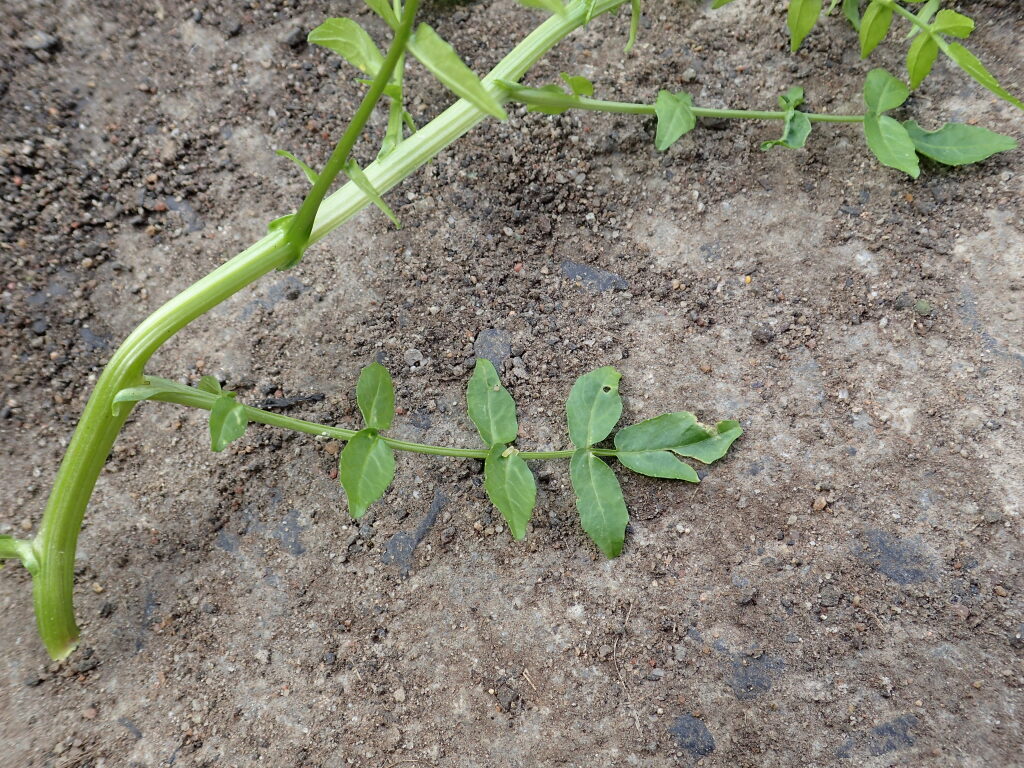Nasturtium
Stoloniferous, perennial aquatics, often rooting at lower nodes, glabrous or with simple hairs. Leaves petiolate, pinnate, submerged leaves sometimes simple. Inflorescence a raceme. Sepals suberect to erect, inner pair often saccate; petals clawed, white; stamens 6. Fruit linear or narrowly oblong (more than 3 times as long as broad), curved, dehiscent; style usually persistent, up to 2 mm long, stigma capitate; valves convex, obscurely veined; seeds in 1–2 rows per locule.
5 species from Africa, Asia, Europe and North America; 2 species naturalised in Australia.
Nasturtium closely resembles Rorippa, the former being principally distinguished by its stoloniferous, perennial, aquatic habit, pinnate leaves, white flowers, and curved cylindrical fruits. Some treatments do not recognise Nasturtium as distinct from Rorippa due to the small number of morphological characters used to distinguish these genera. However, DNA-based studies suggest that Nasturtium is a distinct genus, and is in fact closer to Cardamine than Rorippa (Al-Shehlaz & Price 1998).
 Spinning
SpinningAl-Shehbaz, I.A.; Price, R.A. (1998). Delimitation of the genus Nasturtium (Brassicaceae). Novon 8: 124–126.

